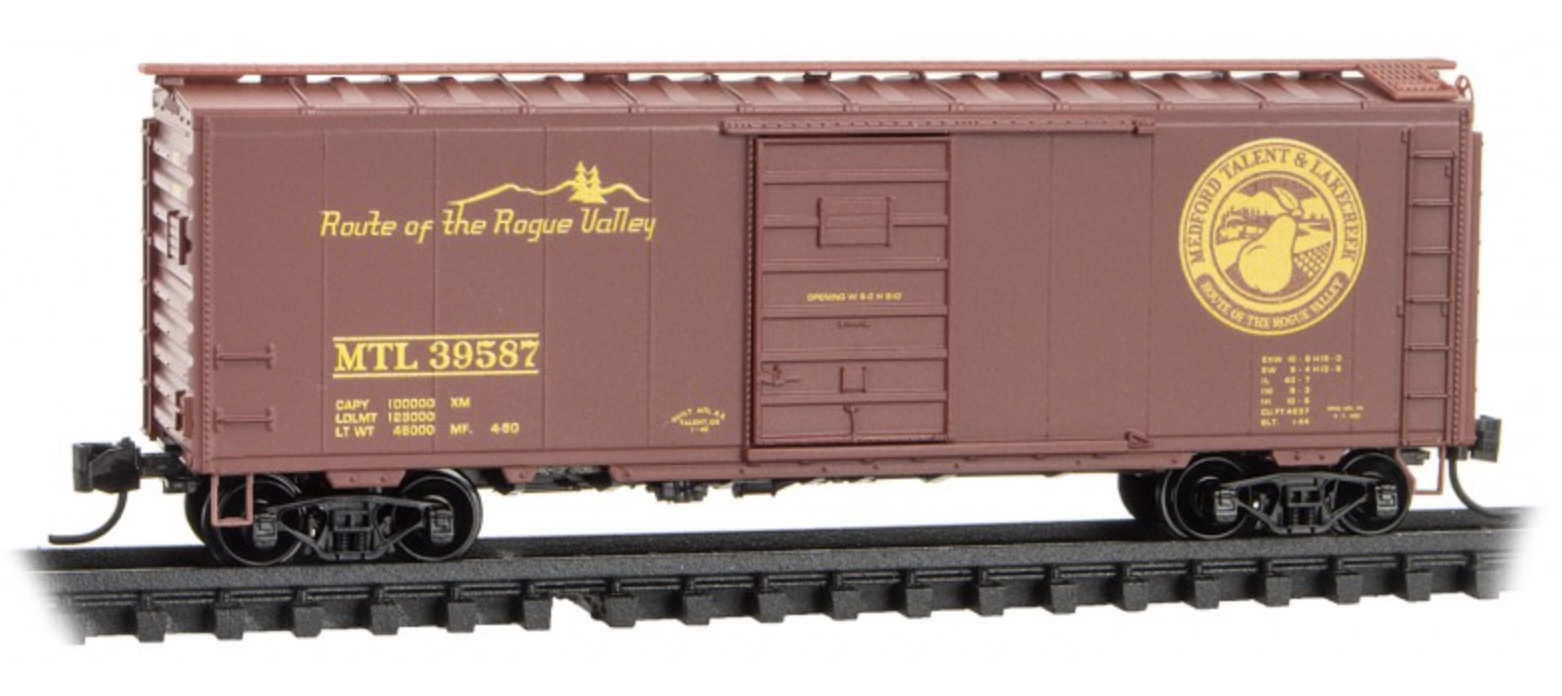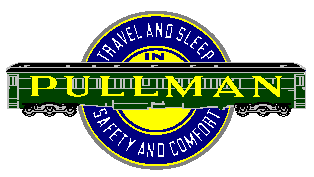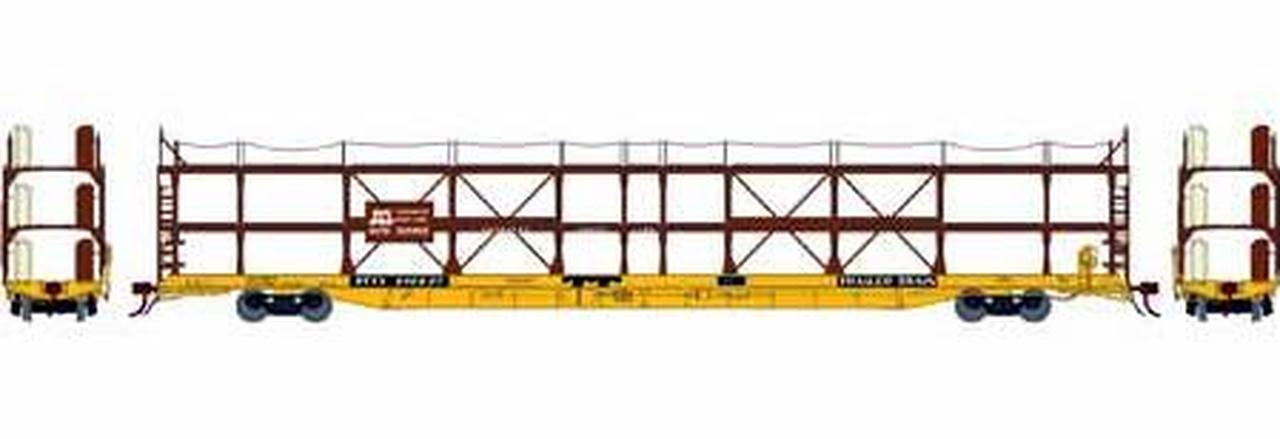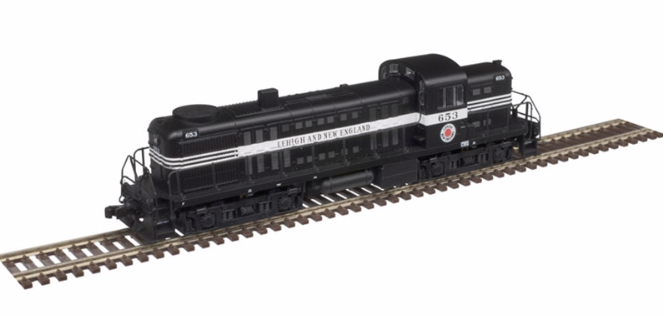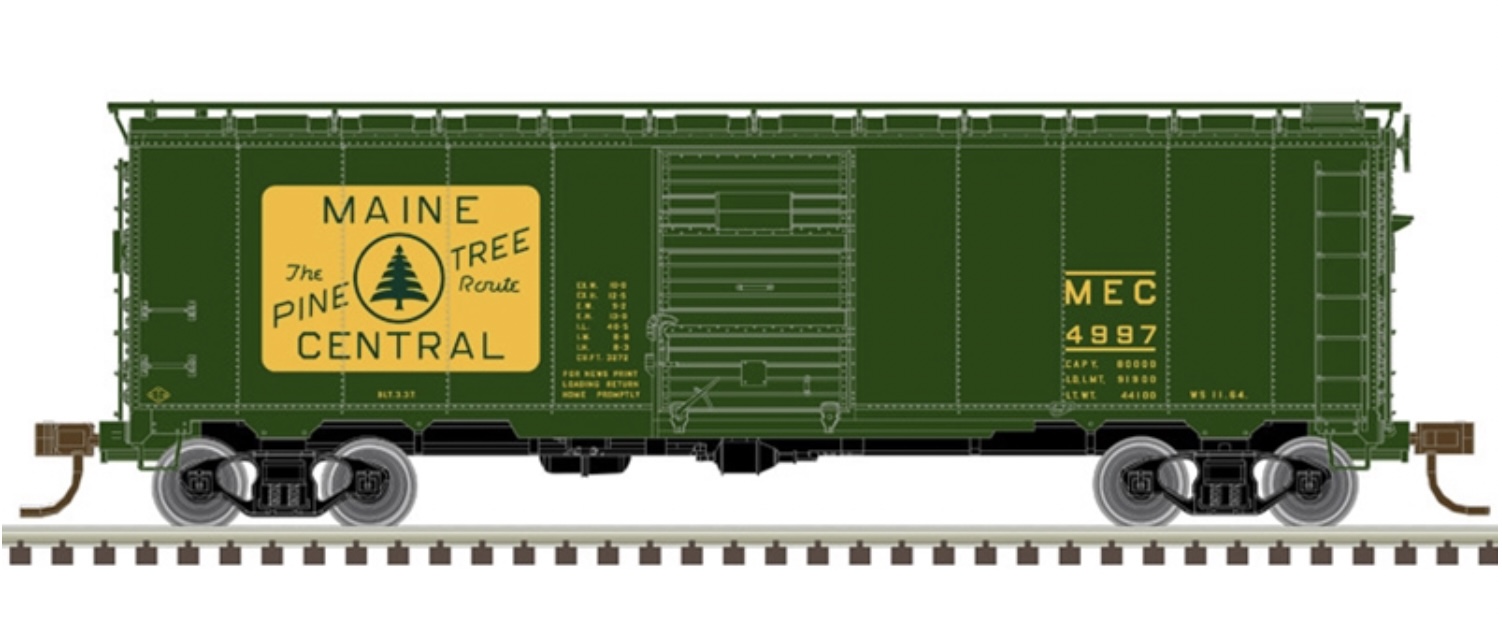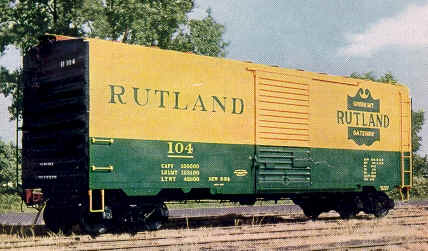Micro-Trains - 020 50 307 - Boxcar, 40 Foot, PS-1 - Medford, Talent and Lake Creek - 39587
| Stock Number | 020 50 307 |
| Secondary Stock Number | 02050307 |
| Original Retail Price | $26.95 |
| Brand | Micro-Trains |
| Manufacturer | Micro-Trains Line |
| Body Style | Micro-Trains 020 Boxcar 40 Foot PS-1 |
| Image Provider's Website | Link |
| Prototype Vehicle | Boxcar, 40 Foot, PS-1 (Details) |
| Road or Company Name | Medford, Talent and Lake Creek (Details) |
| Reporting Marks | MTL |
| Road or Reporting Number | 39587 |
| Paint Color(s) | Boxcar Red |
| Print Color(s) | Yellow |
| Additional Markings/Slogan | Route of the Rogue Valley |
| Coupler Type | MT Magne-Matic Knuckle |
| Coupler Mount | Truck-Mount |
| Wheel Type | Injection Molded Plastic |
| Wheel Profile | Standard |
| Release Date | 2022-07-15 |
| Item Category | Rolling Stock (Freight) |
| Model Type | Boxcar |
| Model Subtype | 40 Foot |
| Model Variety | Steel, PS-1 |
| Prototype Region | North America |
| Prototype Era | NA Era III: Transition (1939 - 1957) |
| Scale | 1/160 |
| Track Gauge | N standard |
Specific Item Information:
Built by Medford, Talent & Lakecreek in 1944 from a Pullman Standard design, this car served various industries carrying commodities such as textiles, grains, and other general freight around the Rogue Valley.
Model Information:
This is Micro-Trains first body style. It was introduced in 1972. Its is a model of a Pullman-Standard PS-1 boxcar from circa 1957. Micro-Trains does not market it as a PS-1 so as to allow themselves some latitude so they can use this car to model non-PS prototypes. Hundreds of different releases have used this body style in various paint schemes and road names. They are equipped with 6' sliding doors, either Youngstown (4/5/4 rib pattern) or Superior (7 panels). It is not a model of a "modern" steel boxcar as the length (40 foot) and the roofwalk are more typical of the transition era (1939 - 1957).
In 2019, Micro-Trains started releasing this model with new body-mounted couplers attached to a new underframe.
In 2019, Micro-Trains started releasing this model with new body-mounted couplers attached to a new underframe.
Prototype History:
The 40' Boxcar is widely known as one of the most popular freight cars used by railroads as they transitioned from steam to diesel. In particular the Pullman Standard or PS-1 design was one of the most popular and was widely used by North American railroads. These boxcars were built beginning in 1947 and share the same basic design, with certain elements such as door size, door style or roof type varying among the different railroads and production years. When production of these cars ceased in 1963, over 100,000 had been produced.
So just what is a PS-1? Well the simple answer is it is any boxcar built by Pullman Standard from 1947 on. The design changed over the years – sometimes subtly, sometimes for customer request, and sometimes in a larger way. In general, most PS-1’s built from 1947 to 1961 share the same dimensions and basic construction techniques. These cars all had a length of 40′, a height of 10’5″ or 10’6″, welded sides and ends and roof of Pullman’s own design. The greatest variation was in the size and style of doors used. Pullman Standard also offered 50′ and later 60′ boxcars – also with the PS-1 designation.
So just what is a PS-1? Well the simple answer is it is any boxcar built by Pullman Standard from 1947 on. The design changed over the years – sometimes subtly, sometimes for customer request, and sometimes in a larger way. In general, most PS-1’s built from 1947 to 1961 share the same dimensions and basic construction techniques. These cars all had a length of 40′, a height of 10’5″ or 10’6″, welded sides and ends and roof of Pullman’s own design. The greatest variation was in the size and style of doors used. Pullman Standard also offered 50′ and later 60′ boxcars – also with the PS-1 designation.
Road Name History:
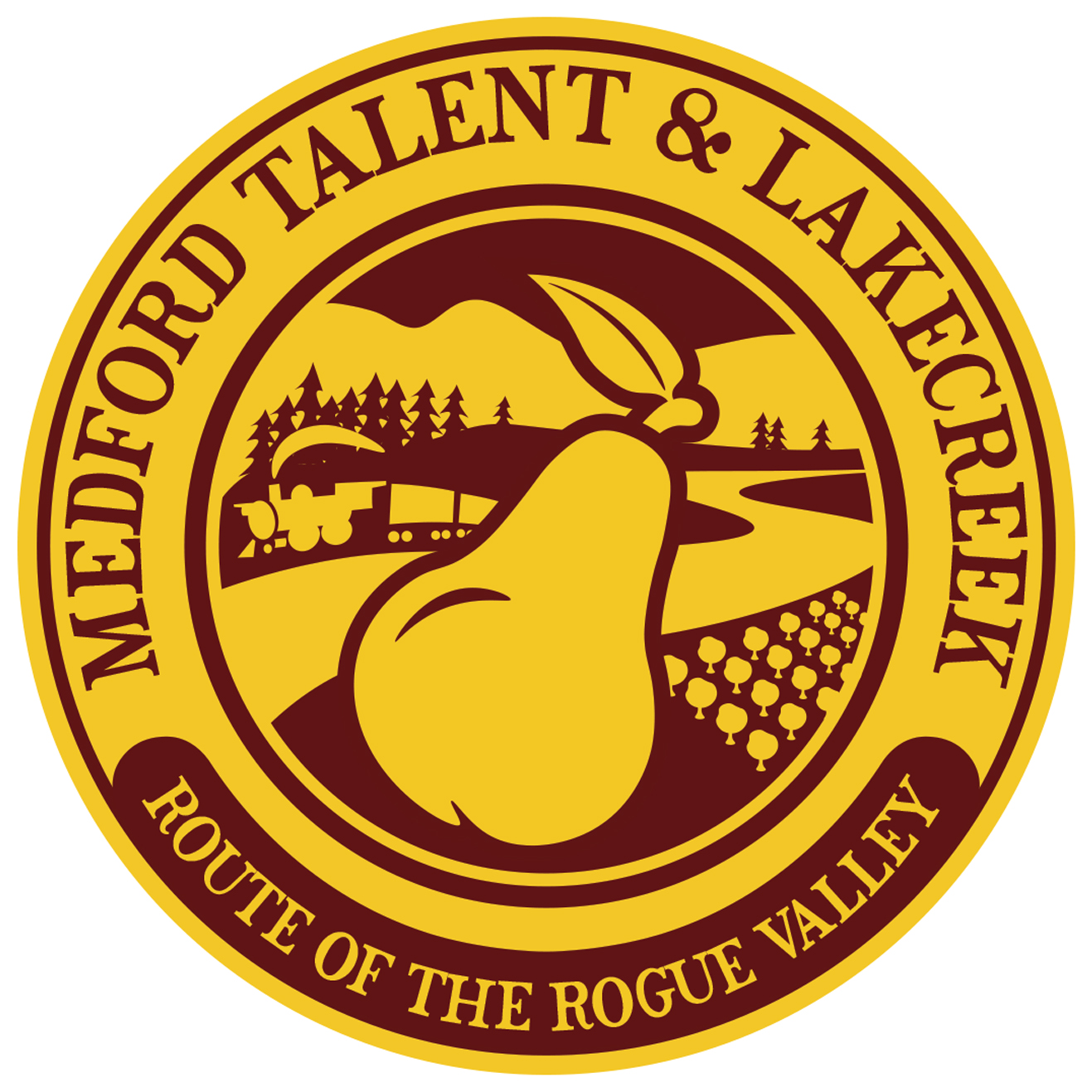 The Medford, Talent and Lake Creek Railroad was established in 1918 to help local Rogue Valley communities move commodities to the Southern Pacific interchanges. The success of the model shortline in the early days brought not only commercial interest,s but tourist traffic to the region. The lush agricultural landscape, moderate climate and natural wonders of the Rogue Valley proved a great draw and helped establish the MT&L RR as a healthy regional line in Southern Oregon by the mid 20th Century. While most of the traffic supported the local fisheries, growers and fruit processors, the timber brought down through Lake Creek from the western flanks of the surrounding Cascades insured success for the fledging rail line.
The Medford, Talent and Lake Creek Railroad was established in 1918 to help local Rogue Valley communities move commodities to the Southern Pacific interchanges. The success of the model shortline in the early days brought not only commercial interest,s but tourist traffic to the region. The lush agricultural landscape, moderate climate and natural wonders of the Rogue Valley proved a great draw and helped establish the MT&L RR as a healthy regional line in Southern Oregon by the mid 20th Century. While most of the traffic supported the local fisheries, growers and fruit processors, the timber brought down through Lake Creek from the western flanks of the surrounding Cascades insured success for the fledging rail line.
By 1927 the numbers doubled as did the daily traffic of coaches and private parlor cars through the windy passage along the banks of the Upper Rogue River. In 1929 track was completed to the coast following the Lower Rogue to Gold Beach which provided a necessarly link to small communities delivering commodities and mail. With the completion of the link, the Rogue Valley flourished as did the MT&L RR enabling both to survive the coming Depression and Beyond. Source: Micro-Trains Line

By 1927 the numbers doubled as did the daily traffic of coaches and private parlor cars through the windy passage along the banks of the Upper Rogue River. In 1929 track was completed to the coast following the Lower Rogue to Gold Beach which provided a necessarly link to small communities delivering commodities and mail. With the completion of the link, the Rogue Valley flourished as did the MT&L RR enabling both to survive the coming Depression and Beyond. Source: Micro-Trains Line
Brand/Importer Information:
Micro-Trains is the brand name used by both Kadee Quality Products and Micro-Trains Line. For a history of the relationship between the brand and the two companies, please consult our Micro-Trains Collector's Guide.
Manufacturer Information:
 Micro-Trains Line split off from Kadee Quality Products in 1990. Kadee Quality Products originally got involved in N-Scale by producing a scaled-down version of their successful HO Magne-Matic knuckle coupler system. This coupler was superior to the ubiquitous 'Rapido' style coupler due to two primary factors: superior realistic appearance and the ability to automatically uncouple when stopped over a magnet embedded in a section of track. The success of these couplers in N-Scale quickly translated to the production of trucks, wheels and in 1972 a release of ready-to-run box cars.
Micro-Trains Line split off from Kadee Quality Products in 1990. Kadee Quality Products originally got involved in N-Scale by producing a scaled-down version of their successful HO Magne-Matic knuckle coupler system. This coupler was superior to the ubiquitous 'Rapido' style coupler due to two primary factors: superior realistic appearance and the ability to automatically uncouple when stopped over a magnet embedded in a section of track. The success of these couplers in N-Scale quickly translated to the production of trucks, wheels and in 1972 a release of ready-to-run box cars.
Micro-Trains Line Co. split off from Kadee in 1990 to form a completely independent company. For this reason, products from this company can appear with labels from both enterprises. Due to the nature of production idiosyncrasies and various random factors, the rolling stock from Micro-Trains can have all sorts of interesting variations in both their packaging as well as the products themselves. When acquiring an MTL product it is very important to understand these important production variations that can greatly enhance (or decrease) the value of your purchase.
Please consult our Micro-Trains Collector's Guide

Micro-Trains Line Co. split off from Kadee in 1990 to form a completely independent company. For this reason, products from this company can appear with labels from both enterprises. Due to the nature of production idiosyncrasies and various random factors, the rolling stock from Micro-Trains can have all sorts of interesting variations in both their packaging as well as the products themselves. When acquiring an MTL product it is very important to understand these important production variations that can greatly enhance (or decrease) the value of your purchase.
Please consult our Micro-Trains Collector's Guide
Item created by: CNW400
on 2022-07-15 11:22:38
If you see errors or missing data in this entry, please feel free to log in and edit it. Anyone with a Gmail account can log in instantly.
If you see errors or missing data in this entry, please feel free to log in and edit it. Anyone with a Gmail account can log in instantly.


